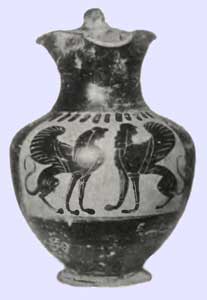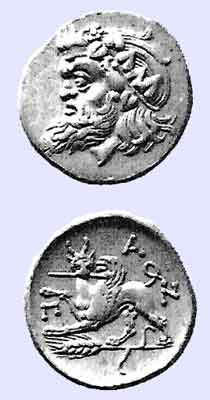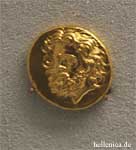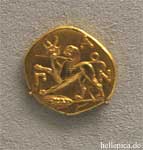|
|
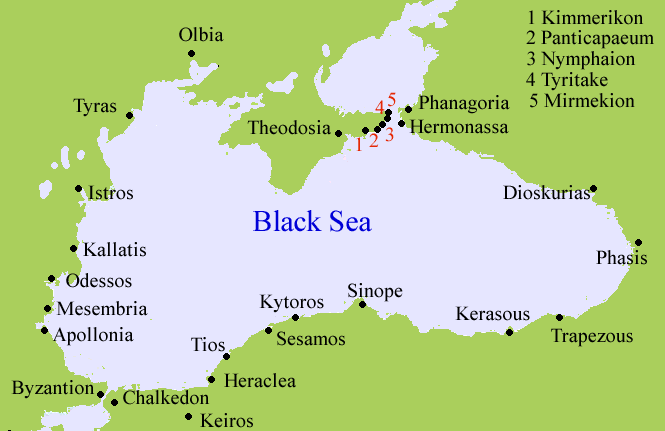 Panticapaeum (Greek: Παντικάπαιον; see also List of traditional Greek place names), present-day Kerch: an important Greek city and port in the Tauric Chersonesus, situated on a hill (Mt. Mithridates) on the western side of the Cimmerian Bosporus, founded by Milesians in the late 7th–early 6th century BC. In the 5th–4th centuries BC, the city became the residence first of the Archaeanactids and then of the Spartocids, dynasties of Greek kings of Bosporus, and was hence itself sometimes called Bosporus. Its economic decline in the 4th–3rd centuries BC was the result of the Sarmatian conquest of the steppes and the growing competition of Egyptian grain. The last of the Spartocids, Paerisades V, apparently left his realm to Mithridates VI Eupator, king of Pontus. This transition was arraged by one of Mithridates's generals, certain Diophantus, who earlier was sent to the Tauric Chersonesus to help local Greek cities against Scythians. The takeover didn't go smoothly: Paerisades was murdered by Scythians lead by Saumacus, Diophantus escaped to return later with reinforcements and to suppress the revolt (c. 110 BC). Half of a century later, Mithridates himself took his life in Panticapaeum, when, after his defeat in a war against Rome, his own son and heir Pharnaces and citizens of Panticapaeum turned against him. In 63 BC the city was partly destroyed by an earthquake. Raids by the Goths and the Huns furthered its decline, and it was incorporated into the Byzantine state under Justin I in the early 6th century AD.
Oinochoe from Panticapaeum with two ,
Stater Panticapaeum 350/300 BC Pan head wreathed with ivy
|
